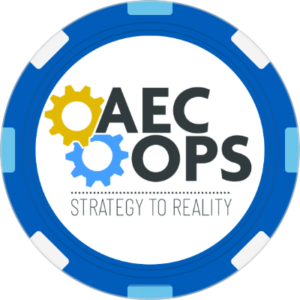
Stu Haney
Stu has over 35 years of experience in the AEC industry. A teacher and a coach by nature, what’s most rewarding for Stu is helping others reach their full potential.
The Leadership Commitment to Planning and Process Adoption
In the design and construction industry, every successful project begins with a solid plan, but even the best plans can fall apart without proper execution. AEC firms understand that effective project management is critical to delivering on time, within budget, and to the client’s satisfaction. However, there’s often a gap between the processes and tools firms implement and how well they are adopted by project managers.
The root of this gap? Leadership behavior.
Firm leaders often invest in powerful project management tools—whether through their ERP systems like Deltek Vision or standalone platforms like Smartsheet or Asana—believing these
tools will drive project success. But what many overlook is that adoption of these tools doesn’t happen automatically. It requires a cultural shift that starts at the top.
When leadership sets the expectation that planning tools and processes will be used consistently, it sends a powerful message: “This is how we operate.” Yet, too often, these expectations are not reinforced through behavior. Senior leaders may mention the importance of planning in meetings or training sessions, but unless they actively hold themselves and their teams accountable, those processes remain optional in the eyes of the staff.
Without accountability from the top, project managers—especially more experienced ones—may fall back on old habits. The result is a firm where planning tools are partially adopted, leading to inconsistent project outcomes and added frustration for firm leaders.
For an AEC firm to truly embrace a process-driven approach to project management, leadership must take responsibility for ensuring those processes are used. This isn’t about micromanaging; it’s about aligning the firm’s goals with the everyday practices of project teams. When the expectations are clear and followed through by leadership, the adoption of tools and processes becomes the norm, not the exception.
Key Takeaway: The success of project management tools and processes hinges on leadership’s commitment to consistent planning and follow-through. It’s up to firm leaders to set the tone and ensure these practices are embedded into the firm’s culture.



